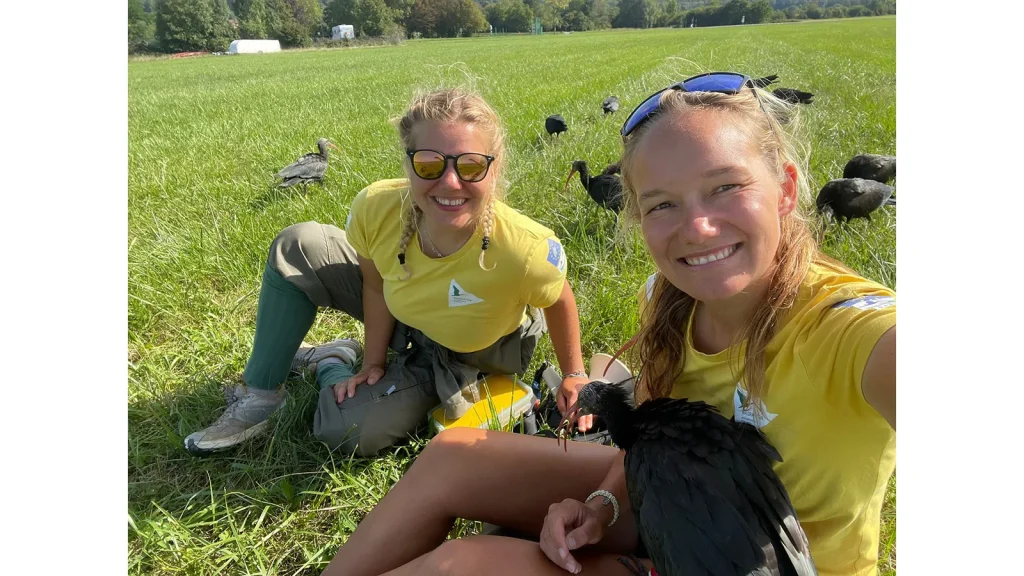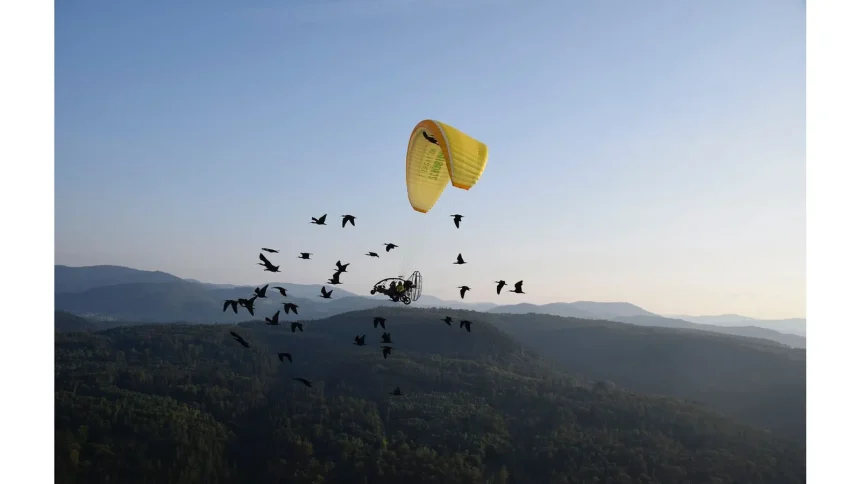In the middle of August, Austrian biologist Barbara Steininger was traveling across southern Germany in a noisy ultralight. She could make out a second aircraft to her far left, carrying her German geographer colleague Helena Wehner. One hundred and thirty-five bald ibises, enormous, stunning black birds with long beaks and tufts of feathers resembling haloes, flew in a perfect V formation between them. They would follow the women everywhere they went because they had reared them as part of a conservation effort. They were currently traveling 2,300 kilometers (1,430 mi) to a new winter camp in Spain after their previous one in Italy became uninhabitable due to climate change.
“I had the distinct impression that the entire family was taking off.

But according to Austrian biologist Johannes Fritz, the project’s creator and director, there’s a new threat. The team’s 2022 annual report states that bald ibises that have figured out the path to Italy are beginning their southward migration later and later in the year because of warmer autumns. Due to their delayed departure, they now arrive at the high Alpine passes in late October or early November, as opposed to their previous arrival in early October. By then, the air is too cold and the passes are frozen for them to use thermal uplift to fly over them. After becoming stranded in the snow last year, 29 of them had to be captured and transported across the Alps to the southern region, where their migration was restarted.






